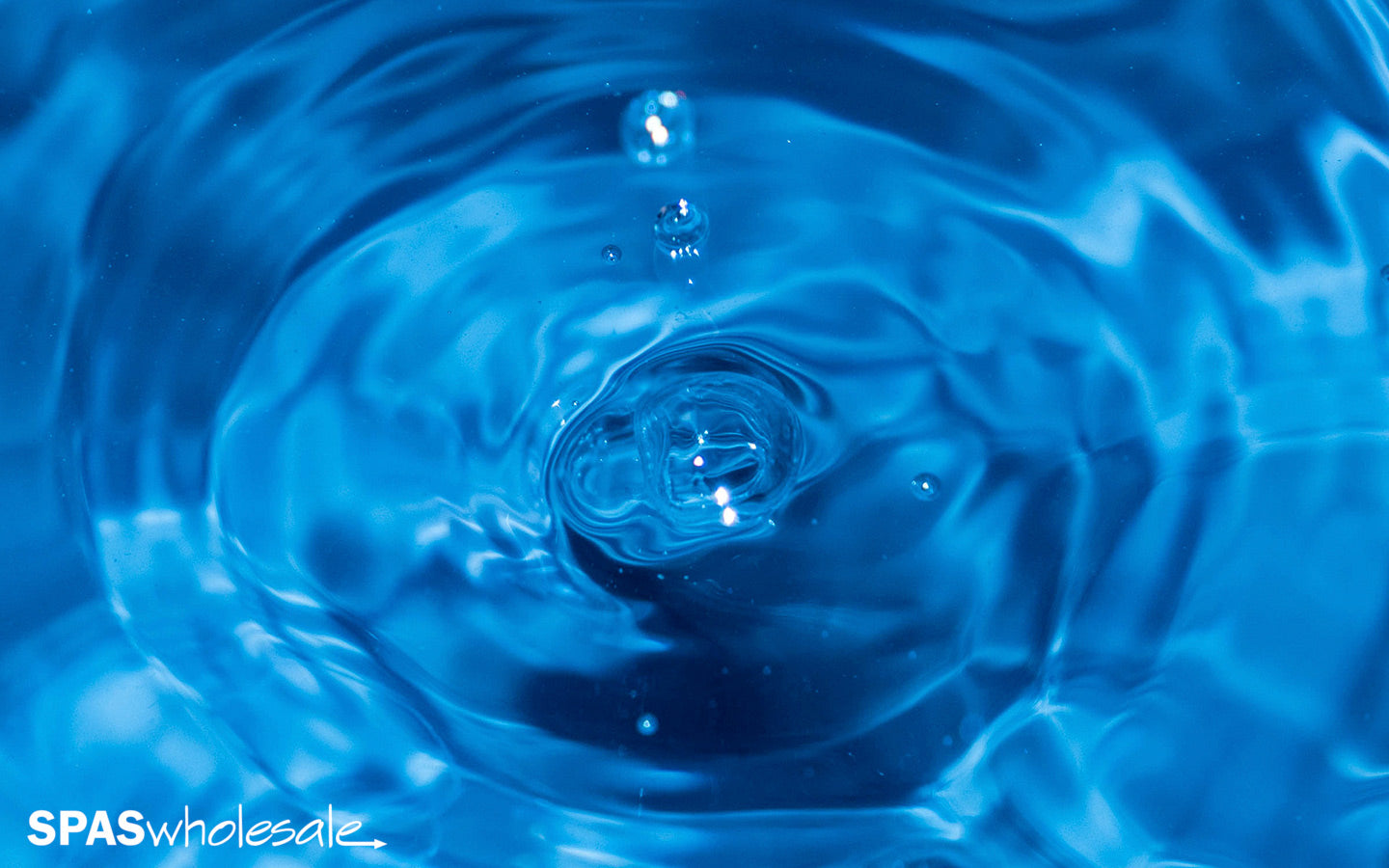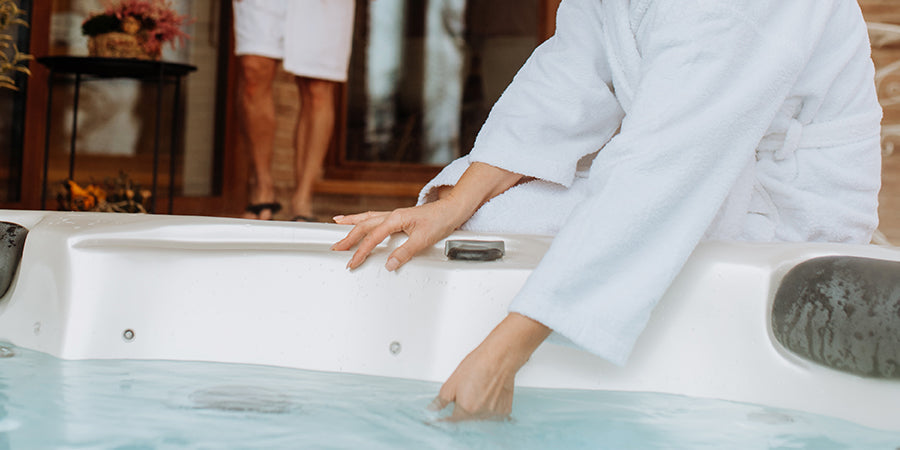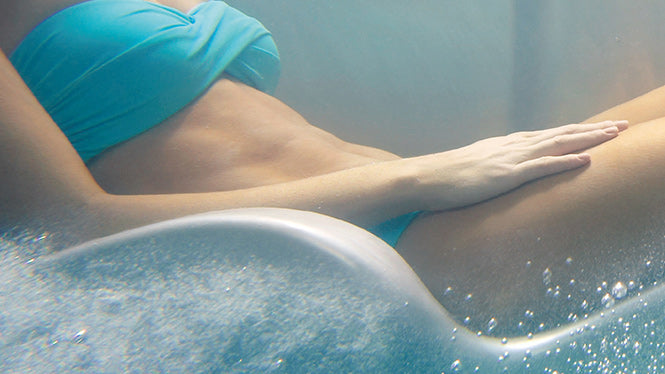Lowering Hot Tub Alkalinity
Alkalinity is an important factor in maintaining the proper balance of chemicals in your hot tub. If the alkalinity levels are too high, it can make the pH levels difficult to adjust, leading to skin irritation and other problems. To lower alkalinity in your hot tub, follow these steps in this guide.
Test the Alkalinity Levels
You can purchase a test kit from a pool and spa store to determine the current alkalinity levels in your hot tub. Follow the instructions provided with the kit to get an accurate reading. Some test kits use test strips, while others use a liquid reagent that is added to a water sample.
Whichever type of test kit you use, make sure to follow the instructions carefully to ensure an accurate reading. The test kit will give you a measure of the total alkalinity (TA) in parts per million (ppm).
Target an Alkalinity Range of 80-120 ppmy
Most hot tubs require a target alkalinity range of 80-120 ppm. If your reading is higher than this, you'll need to add a chemical to lower it. The amount of chemical needed will depend on the size of your hot tub, the current TA level, and the target TA level you want to reach.
You can find specific recommendations for your hot tub by consulting the manufacturer or a hot tub specialist.Choose the Right Chemical
To lower alkalinity, you'll need to use a chemical that reduces the pH levels. You can find pH reducers specifically formulated for hot tubs at pool supply stores. Some common pH reducers include sodium bisulfate, also known as dry acid, and muriatic acid. Always choose a product specifically formulated for hot tubs, as other types of pH reducers may contain harmful chemicals.
Follow the instructions provided with the chemical you've chosen to determine the amount needed to lower your hot tub's alkalinity levels. Generally, the chemical will be added to the water and then the hot tub should be run for 15-20 minutes to ensure the chemical is evenly distributed.
Add the Chemical
Follow the instructions provided with the chemical you've chosen to determine the amount needed to lower your hot tub's alkalinity levels. Generally, the chemical will be added to the water and then the hot tub should be run for 15-20 minutes to ensure the chemical is evenly distributed.
The chemical should be added slowly and with caution, as adding too much at once can cause the pH levels to drop too quickly, leading to skin irritation and other problems.
Test the Spa Water Again
After adding the chemical, test the alkalinity levels again to make sure they are within the target range. If the levels are still too high, repeat the process. Be patient, as it can take several rounds of adding chemical to reach the target alkalinity level.
Alkalinity FAQ
How do I adjust the alkalinity in my hot tub?What should be adjusted first alkalinity or pH?
Alkalinity should be adjusted first before adjusting pH in a hot tub, as alkalinity provides a buffer to prevent rapid fluctuations in pH levels.
No, chlorine does not lower alkalinity in a hot tub, but rather it is used to sanitize the water and control bacteria growth, while alkalinity helps to maintain a stable pH level.
Summary
It's important to be patient when lowering alkalinity levels in a hot tub as it can take some time for the chemical to take effect. Always follow the instructions provided with the chemical and be sure to wear gloves and protective eyewear when handling chemicals.
Always make sure to wear gloves and protective eyewear when handling chemicals, as some chemicals can be irritating to the skin and eyes. Additionally, always store chemicals in a safe place where they are out of reach of children and pets.
More Articles from Spas Wholesale
- 5 ways to maximise the life of your spa cover
- 5 Things to Consider When Buying A Spa
- Choosing the Perfect Hot Tub Gazebo or Enclosure
- Top 10 Spa Health Benefits
- Spa & Swim Spa Do's and Don'ts
- Balancing Spa pH Levels
- What causes hot tub scum
- A guide to spa water temperature
- Spa clear user guide
- Spa safety considerations
- Spa water temperature guide
- How to prevent spa algae
- Keeping your spa water balanced
- Starting the spa with new water





Share:
Hot Tub Meditation and Breathing Techniques
The Ultimate Hot Tub Buying Guide